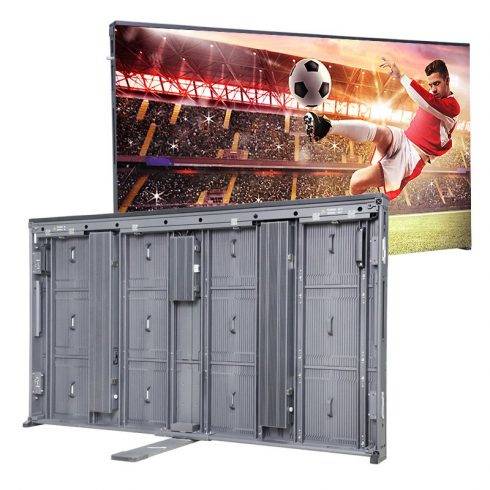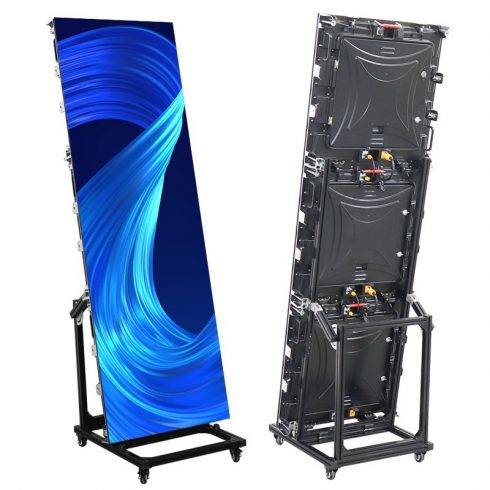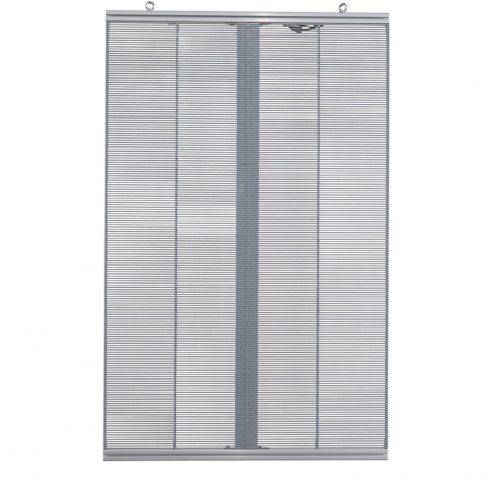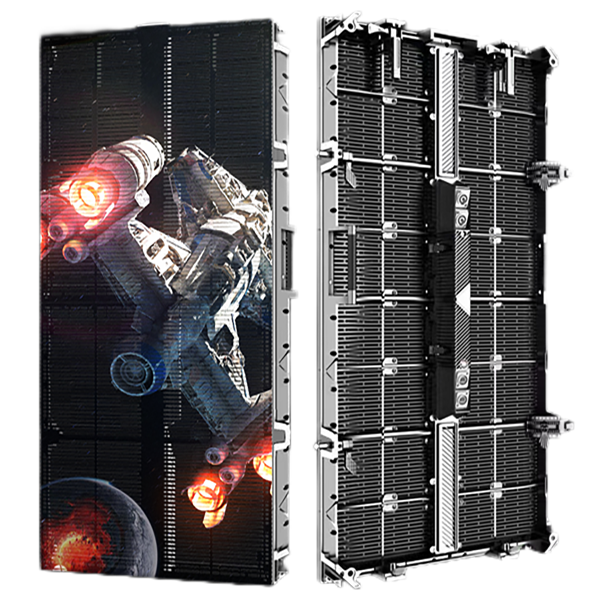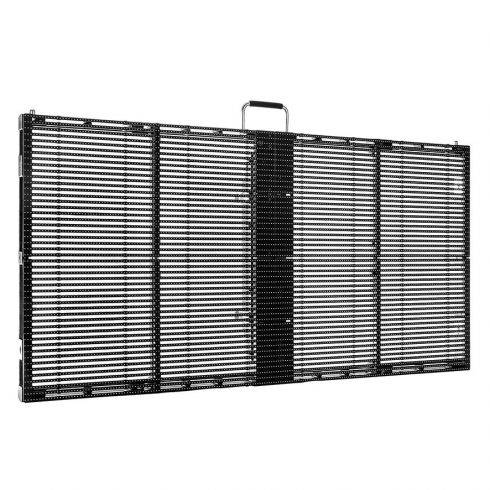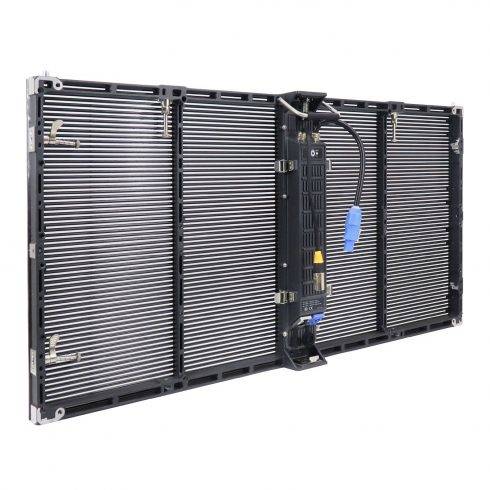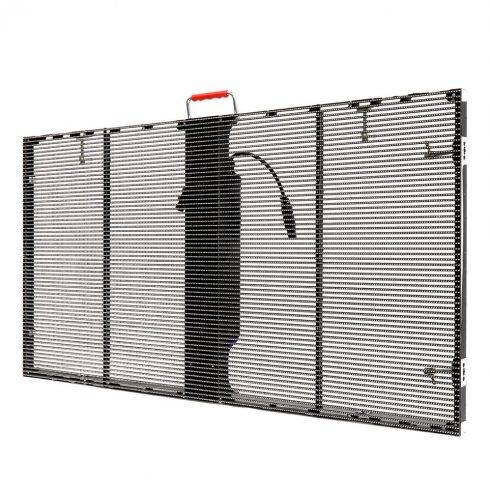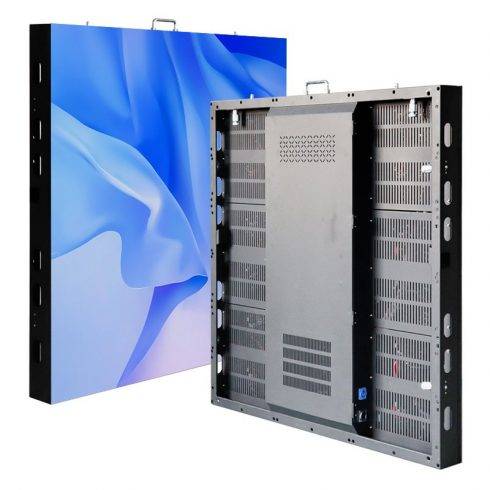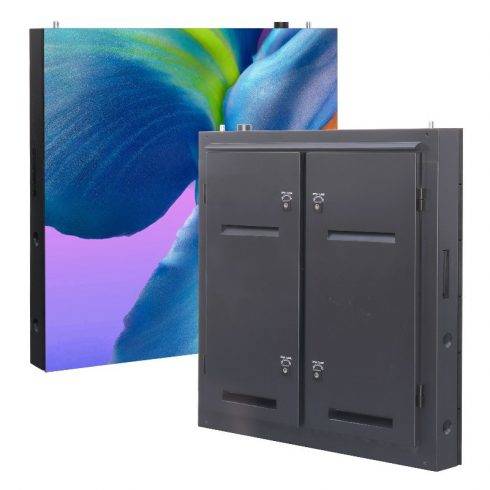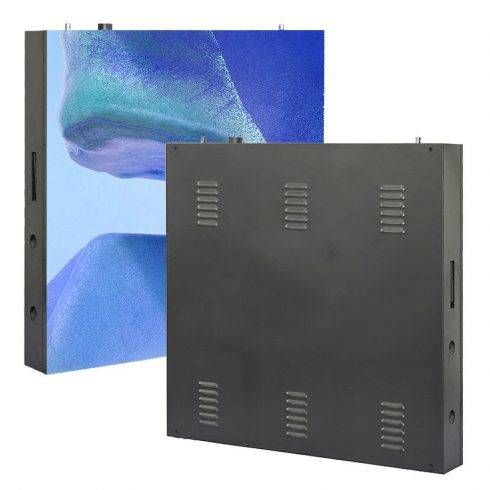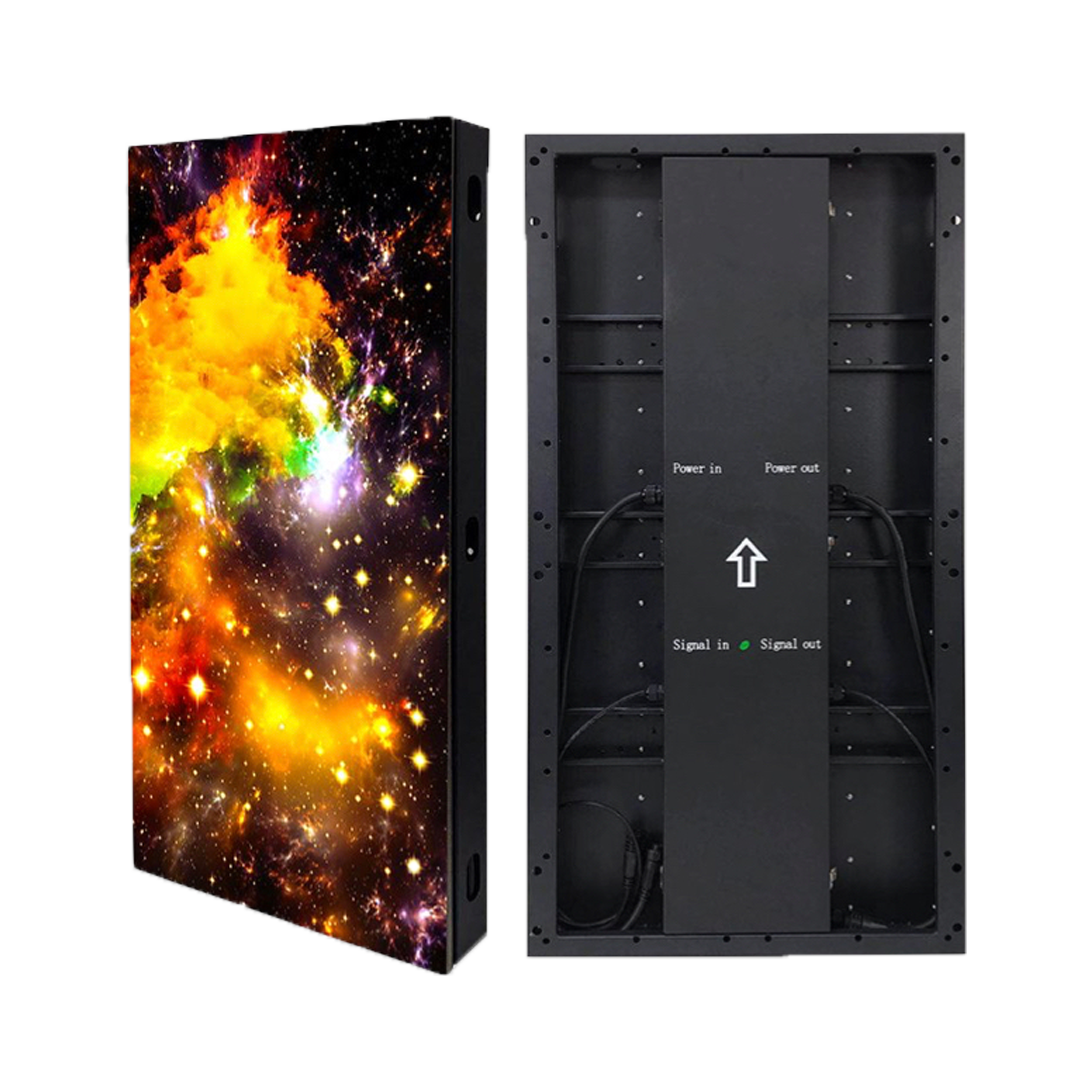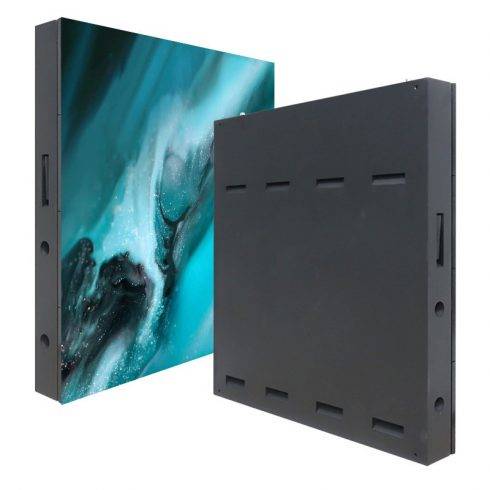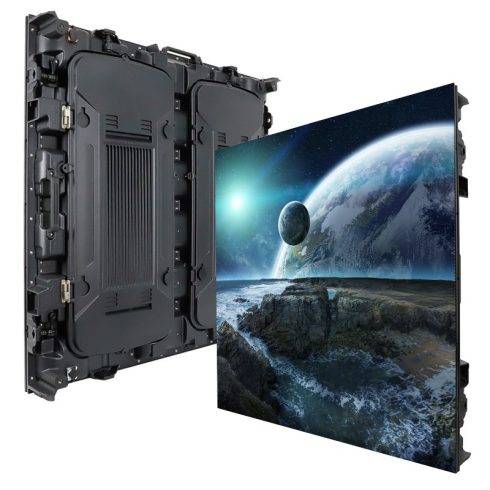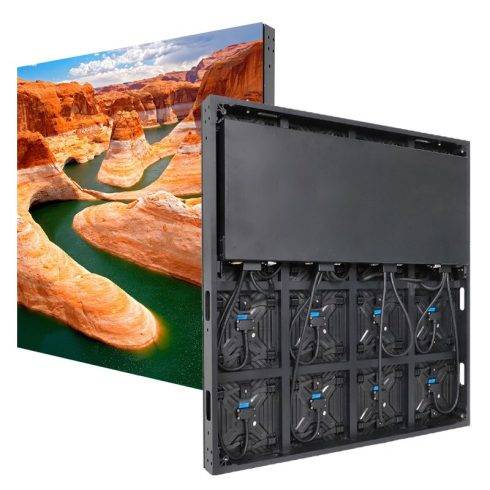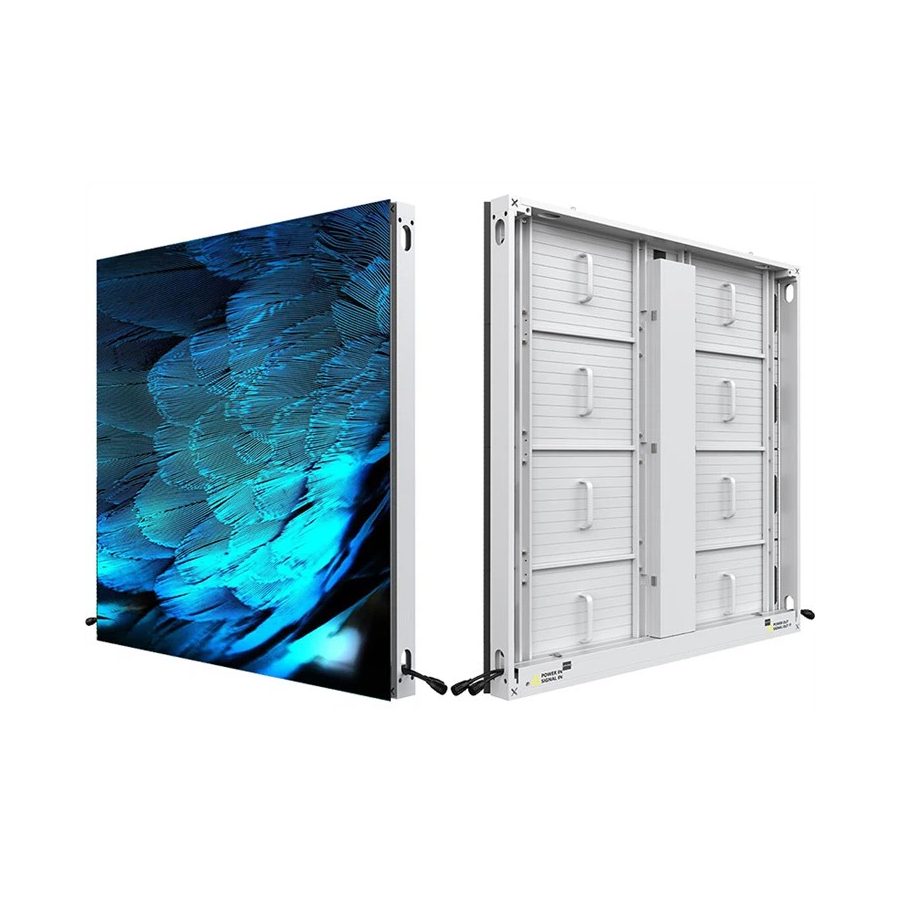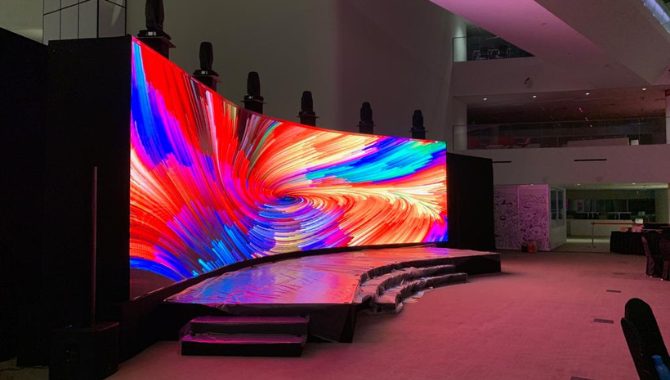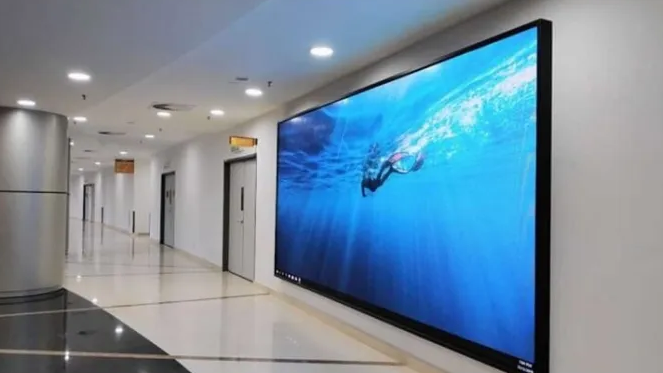Introduction
Indoor LED displays have become a popular choice for advertising, entertainment, and information dissemination in various settings, including retail spaces, corporate offices, conference rooms, and public venues. Their vibrant colors, high brightness, and adaptability make them ideal for creating dynamic visual content. However, successful LED display installations require careful consideration of several factors, including the mounting method, viewing angles, accessibility, and structural stability. This essay explores various indoor LED display installation methods, their advantages and disadvantages, and best practices for achieving optimal performance and longevity.
Types of Indoor LED Display Installations
The installation method for indoor LED displays varies significantly based on the intended application, display size, and structural environment. The most common installation methods include wall mounting, ceiling suspension, freestanding units, and curved or irregular installations. Each technique offers unique benefits and poses specific challenges that must be addressed to ensure a successful setup.
1. Wall-Mounted Installations
Wall-mounted LED displays are the most popular choice for indoor settings, particularly in conference rooms, lobbies, and retail environments. This installation method involves affixing the LED panels directly onto a flat wall using a rigid mounting structure.
- Advantages: Wall-mounted installations save floor space and provide a clean, streamlined appearance. They are highly suitable for applications where space is limited or where a minimalist design is desired.
- Challenges: Wall mounting requires precise structural support to ensure stability. This often involves additional reinforcement of the wall to support the weight of the display, especially for larger installations. Moreover, the flatness of the wall surface is crucial for ensuring uniformity in the display.
- Best Practices: Conduct a detailed structural assessment of the wall before installation to verify its load-bearing capacity. Use a mounting frame with adjustable brackets to ensure fine-tuning of the display’s alignment.
2. Ceiling-Suspended Installations
Ceiling-suspended LED displays are often seen in airports, shopping malls, and other large public venues. They are installed using a suspension system attached to the ceiling, making the display visible from a distance.
- Advantages: This method is ideal for drawing attention in areas with high foot traffic. It provides flexibility in height adjustment and is effective for creating 360-degree viewing experiences in open spaces.
- Challenges: Ceiling suspensions require strong ceiling support and careful consideration of the display’s weight distribution. The installation must also account for potential vibrations from the building structure, which can affect display stability.
- Best Practices: Use professional-grade suspension systems and consult structural engineers to ensure the ceiling’s integrity. Include additional support points to minimize swaying or tilting of the display over time.
3. Freestanding Installations
Freestanding LED displays, often referred to as totem or kiosk displays, are installed using a support base and vertical structure. This method is commonly used in exhibition halls, showrooms, and temporary setups.
- Advantages: Freestanding displays offer maximum flexibility, as they can be positioned anywhere without the need for wall or ceiling support. They are ideal for temporary events or as movable advertising units.
- Challenges: The stability of the support base is critical, especially for taller displays. Freestanding units are also more susceptible to accidental impacts or tipping.
- Best Practices: Ensure that the base is adequately weighted and the vertical structure is reinforced. For high-traffic areas, consider adding protective barriers around the base to prevent accidental collisions.
4. Curved and Irregular Installations
Curved and irregularly shaped LED displays are used to create visually captivating installations that break away from traditional flat screens. They are commonly found in art installations, high-end retail stores, and immersive environments.
- Advantages: Curved displays offer a more immersive viewing experience, while irregular shapes allow for creative expression and unique branding opportunities. They can be tailored to fit specific architectural features, enhancing the aesthetics of the space.
- Challenges: Designing and installing curved or irregular displays require precise customization of LED modules and support structures. The alignment of each module must be perfect to avoid visual distortions.
- Best Practices: Work closely with the display manufacturer to ensure that the modules are designed for the intended shape. Use specialized mounting frames that allow for fine adjustments to achieve seamless alignment.
Key Considerations for Indoor LED Installations
Regardless of the chosen installation method, there are several factors that must be taken into account to ensure the longevity and optimal performance of indoor LED displays:
- Structural Assessment: Conduct a thorough assessment of the structural environment to determine the most suitable installation method. This includes evaluating the wall or ceiling’s load-bearing capacity and ensuring that there are no obstacles that could interfere with the display’s placement.
- Viewing Distance and Angle: The viewing distance and angle play a crucial role in determining the display’s pixel pitch and placement. For close-range installations, a smaller pixel pitch is recommended to maintain image clarity. The height and tilt of the display should be adjusted to minimize glare and ensure comfortable viewing.
- Accessibility for Maintenance: LED displays require periodic maintenance, including cleaning and module replacement. Ensure that the installation method allows for easy access to the display’s components. This is particularly important for large wall-mounted or ceiling-suspended installations, where maintenance can be challenging.
- Ventilation and Cooling: Indoor LED displays generate heat, and proper ventilation is essential to prevent overheating. Incorporate adequate spacing and airflow channels behind the display to dissipate heat effectively.
- Cable Management: Proper cable management is crucial for both aesthetics and safety. Use concealed cable routing solutions and secure all connections to prevent accidental disconnection or damage.
Emerging Trends in LED Display Installations
As technology advances, new trends in indoor LED display installations are emerging, including modular designs, interactive features, and ultra-thin panels.
- Modular LED Displays: Modular displays consist of smaller LED panels that can be assembled to create large, seamless screens. This approach offers greater flexibility for creating displays of varying sizes and shapes.
- Interactive LED Walls: Interactive LED walls, equipped with touch or motion sensors, are gaining popularity in retail and entertainment settings. They encourage user engagement and create memorable experiences.
- Ultra-Thin LED Panels: Ultra-thin LED panels are ideal for installations where space is limited. These lightweight displays can be mounted directly onto glass surfaces or used to create transparent display walls.
Conclusion
The installation of indoor LED displays requires careful planning and consideration of several factors, including structural stability, viewing distance, and accessibility. Each installation method—whether wall-mounted, ceiling-suspended, freestanding, or curved—has its own set of benefits and challenges. By understanding these nuances and following best practices, businesses can achieve visually stunning displays that enhance the overall aesthetics and functionality of their spaces. As technology continues to evolve, new trends in modular designs, interactivity, and ultra-thin panels will further expand the possibilities for creative indoor LED display installations.







